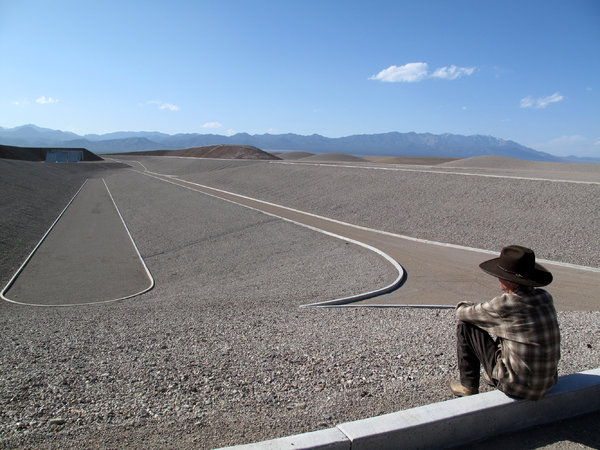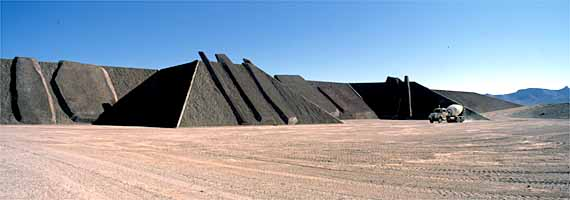On Mapping Art History
Now may be the first time ever that the technology and licensing model are here to enable us to effectively and securely map the the future of art history. Any painting, sculpture, artefact, building, happening or 21st Century icon like Michael Heizer’s City can be mapped forever.
For 20 years I have toyed with the idea of using the web to build a publicly available resource for registering artworks (historic and new). Once registered, the entire history of the item could be told through comments, photos, videos, links and commentary. And told by anyone from gallery goers to curators to critics to restorers. This could easily be done with a centralised web platform model, however the idea of adding transaction histories was always the sticking point with confidentiality, security and data licensing the primary disincentives for auction houses, insurance companies, collectors and dealers to get involved.
The availability of blockchain technology has changed the technology landscape sufficiently to provide a new and interesting basis to build the core data and transaction model for the project. Fundamentally a blockchain offers a number of features that make it perfect for a project like this:
- Distributed and secure
Blockchain applications are de-centralised, meaning everyone has the application on their machines. There is no centralised server or database to access. Every time a transaction takes place the blockchain is updated across every instance of the software and therefore is entirely independent of any single business or node. This makes it incredibly resilient as everyone who has the software is effectively a mini data centre – as long as there is one user, all the data remains live and valid. - Append-only, nothing is ever deleted
A blockchain is a different kind of database. It has been described as a database of time stamps. Every time any transaction is made, it is recorded everywhere. Nothing is deleted or over-written and therefore every transaction ever made can be audited. This means that financial organisations, insurance businesses and even gaming companies are looking at blockchains as a way of guaranteeing authenticity and providing (almost) free ways to transact securely. - Anonymous and verified
Using some of the newer innovations around the blockchain like zk-Snark it is possible to protect identities and yet keep the project open and free. Tiered permissions will enable a range of data to be seen or not. - Virtually free
Using underlying technologies like Ethereum to power the application will enable the project to gain benefit from the an established network. - Open and lego-like
By creating the project in such a way as to enable third party companies and individuals to build new types of applications off the core blockchain technology will enable the project to deliver lots of new types of value and interest without distracting from the core objective.
This is a live development project.
We have modestly titled it Art History. It will be housed at ArtHistory.network and there will be announcements regularly about progress and involvement.



